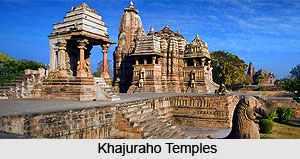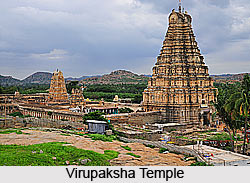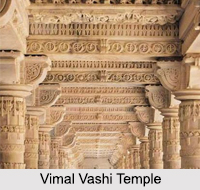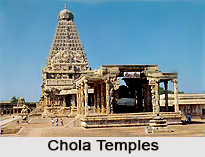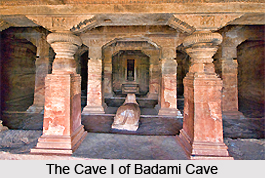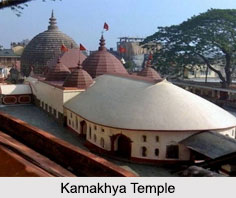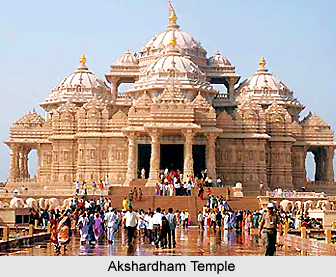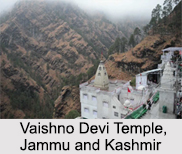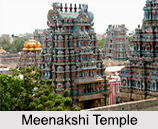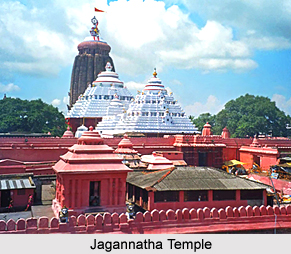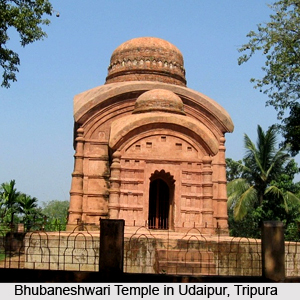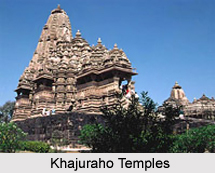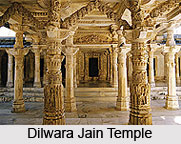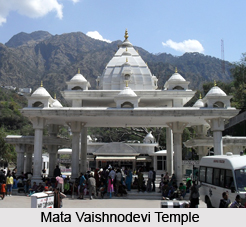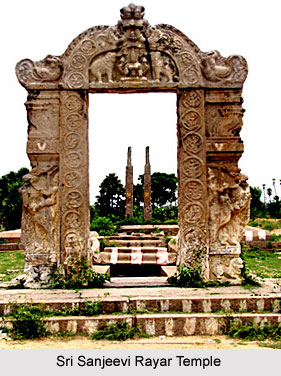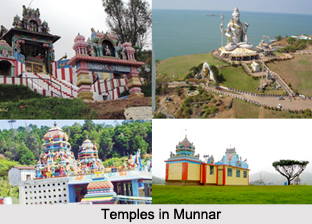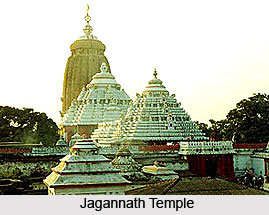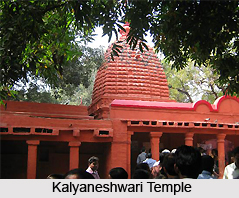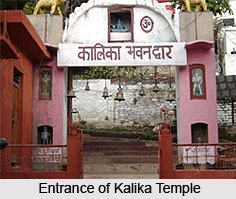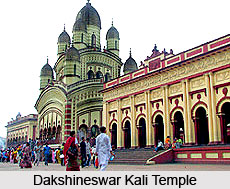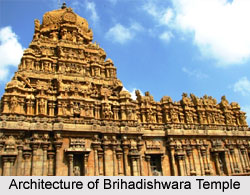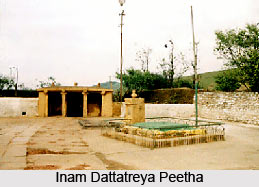 Inam Dattatreya Peetha is one of those religious sites that are revered by both the Hindus and the Muslims. The peetha is situated on the Baba Budangiri range. This peak is also called the Chandra Drona Parvatha as it resembles the crescent of a moon. This darga is visited by a large number of pilgrims every year. This religious site is considered as the dwelling place of Dattatreyaswamy and Hazarat Dada Hayath Mir Khalandar. Several other saints are also presumed to be resided here. These venerated saints are believed to have resided in the laterite cave located here. According to the rituals the worship of the Peeta could only be conducted by a Fakir, an unmarried man or an ascetic.
Inam Dattatreya Peetha is one of those religious sites that are revered by both the Hindus and the Muslims. The peetha is situated on the Baba Budangiri range. This peak is also called the Chandra Drona Parvatha as it resembles the crescent of a moon. This darga is visited by a large number of pilgrims every year. This religious site is considered as the dwelling place of Dattatreyaswamy and Hazarat Dada Hayath Mir Khalandar. Several other saints are also presumed to be resided here. These venerated saints are believed to have resided in the laterite cave located here. According to the rituals the worship of the Peeta could only be conducted by a Fakir, an unmarried man or an ascetic.
Both Hindu and Mohammedan rulers have provided aid to Inam Dattatreya Peetha. A Jatra or Urs is annually organized. This festival commences just after Holi and it continues for three days. This festivity is attended by both the Hindus and Muslims.
Besides being a religious site this place was the first one to have a coffee plantation. According to legends the Muslim saint Baba Budan is believed to have brought the first seven coffee seeds here. Inam Dattatreya Peetha is located 28 km north of Chikmagalur town and 24 km from Kemmangundi.
